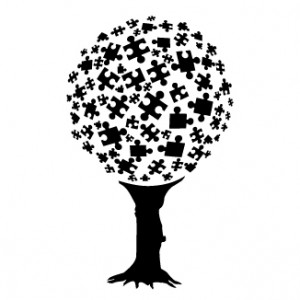My experience in analysis with Frau Aniela Jaffe was the centerpiece of my training at the C.G. Jung Institute in Zurich. Frau Jaffe was one of the more remarkable people I have ever encountered. When I first met her, she was in her early 80s, an alert and seasoned analyst, very wise; she exercised the most highly developed feeling function I have ever experienced. As a Jewish medical student in Hamburg Germany when Hitler came to power in the 1930s, she was unable to complete her medical education. With her husband who was a world-class physicist, she was able to leave Germany for Geneva. After a few years, she found her way to Zurich and analysis with C.G. Jung. Over the years she became his secretary, confidant, and collaborator. With Jung she created his most famous book Memories, Dreams, Reflections, his autobiography. Reading the book planted the seeds in me to train in Zurich and become a Jungian analyst. By then, she was an analyst in her own right. A few years after Jung’s death on 6 June 1961, she wrote The Myth of Meaning, a very concise and insightful summary of analytical psychology, Jung’s version of depth psychology.
What is the myth of meaning? Myth in the Jungian sense does not mean an untruth or falsehood not based in reality. Rather a personal myth is based on archetypal motifs, a deeper reality originating in the objective psyche or collective unconscious. As Frau Jaffe elucidates clearly, any quest for personal meaning leads ultimately to the inner archetypal realm, a limited attempt to answer the unanswerable. She illustrates how dream work and active imagination allow an analysand working with a qualified analyst to engage the unconscious productively and safely, enabling the analysand to draw his or her own conclusions and create a personal myth based on those conclusions. The personal myth is central to the process of individuation and becoming whole. The quest for meaning motivates a process that results in a personal myth of meaning as the outcome.
At this stage in my life, my personal myth involves circumambulating the mystery of death. My interest in the mystery of death originated with the death of my beloved grandmother when I was almost 7 years old. Where was my Grandmother Ida? Where was I before I was born? Where will I be after I die? This last question frightened me so much during the night after she died that I pushed it out of my conscious awareness. The question returned to my conscious awareness more than 20 years later during my first analysis, before my work with Frau Jaffe in Zurich. During my analysis with Frau Jaffe, I was able to accept this question as my koan, as it were, and to wrestle with a question that has no rational answer. Wrestling with my koan has been very fruitful, leading me further on my own path to wholeness.

